Car
Dan Fallows: Is F1 ‘throwing it all away’ with 2026 rules overhaul?
by Dan Fallows
9min read

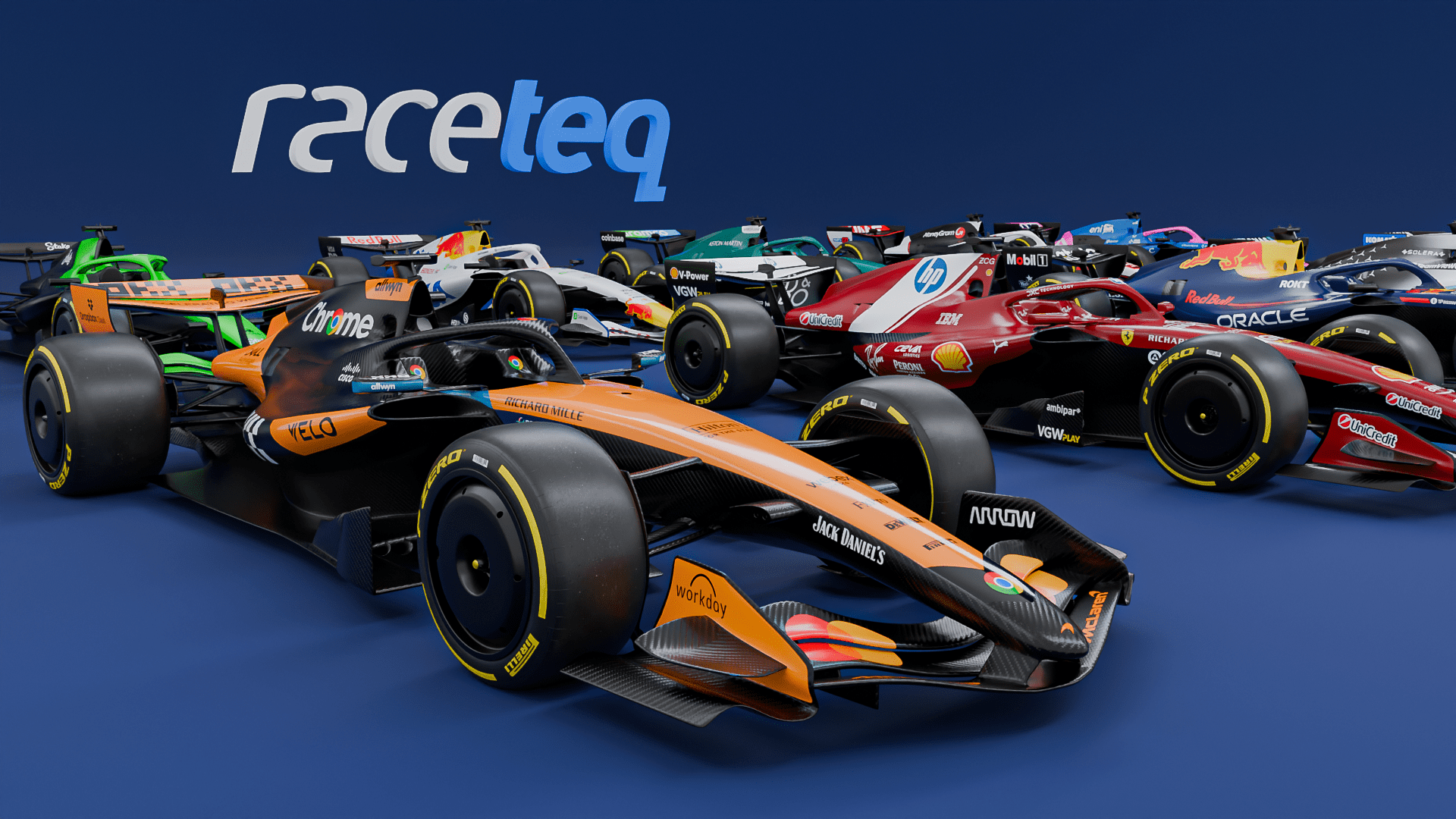
Dan Fallows is a Formula 1 aerodynamicist who previously served as head of aerodynamics for Red Bull Racing and as technical director for Aston Martin. In his first column for Raceteq, he explores the purpose of the 2026 F1 regulation reset and asks whether it’s truly necessary.
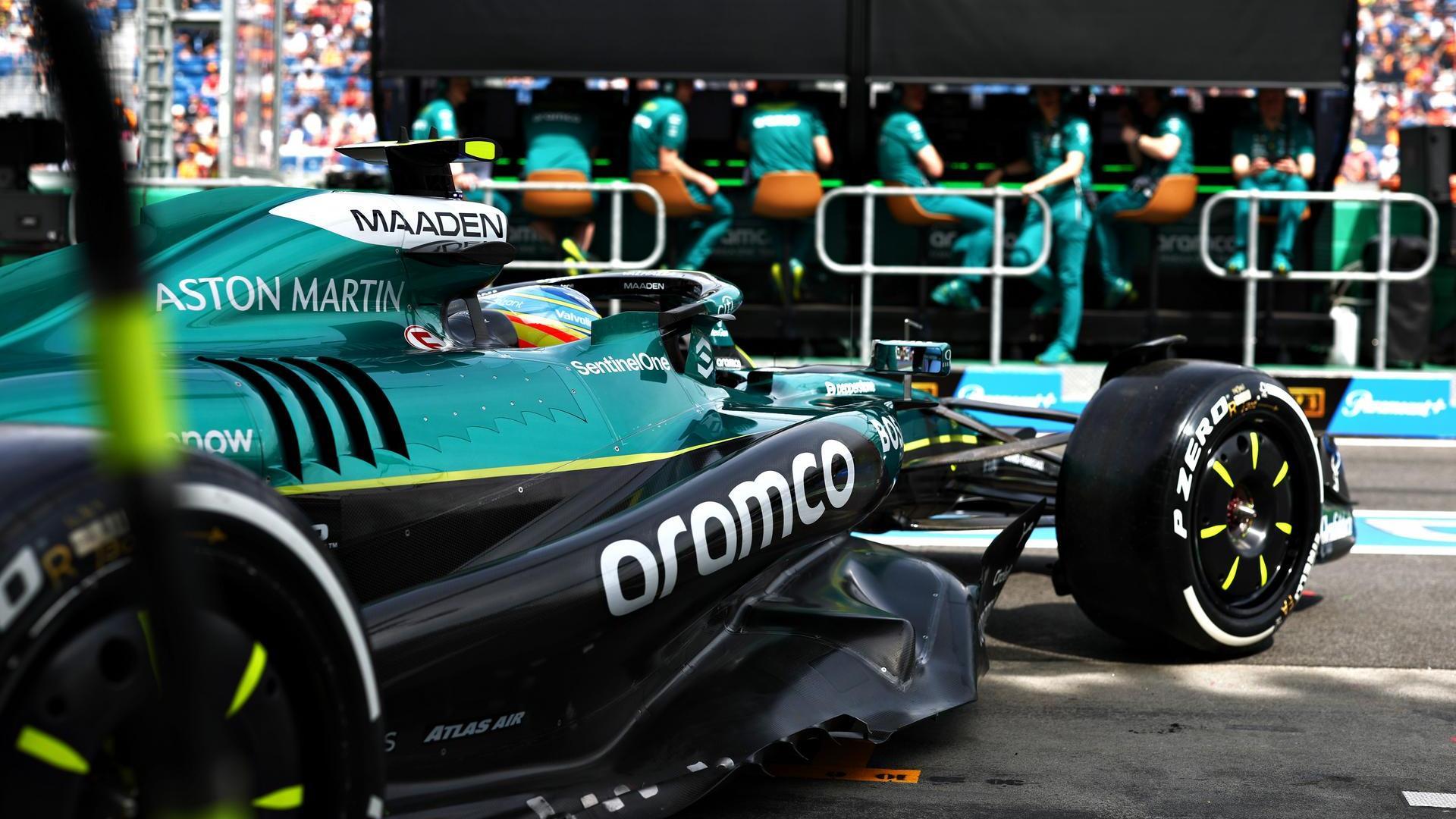
Sign up for a newsletter and we'll make sure you're fully up-to-date in the world of race technology
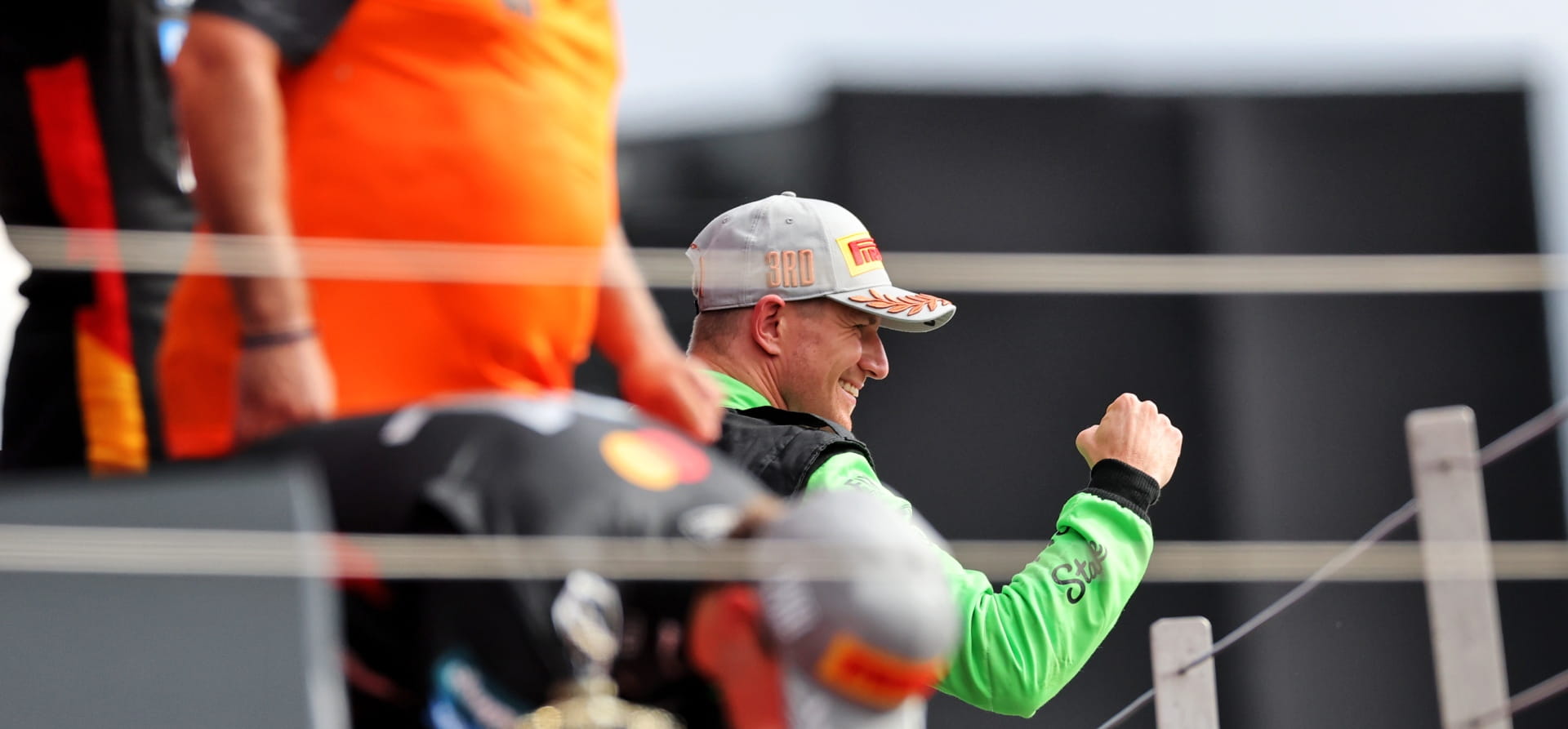
Nico Hulkenberg’s shock podium at the 2025 British Grand Prix shows that every team can excel on a given weekend
Why has 2025 been an exciting F1 season?
Were we to continue with these current regulations in F1 for the next two years and McLaren’s development stagnated compared to the rest of the grid, it would struggle to get out of Q1 by the end of 2026.
Dan Fallows
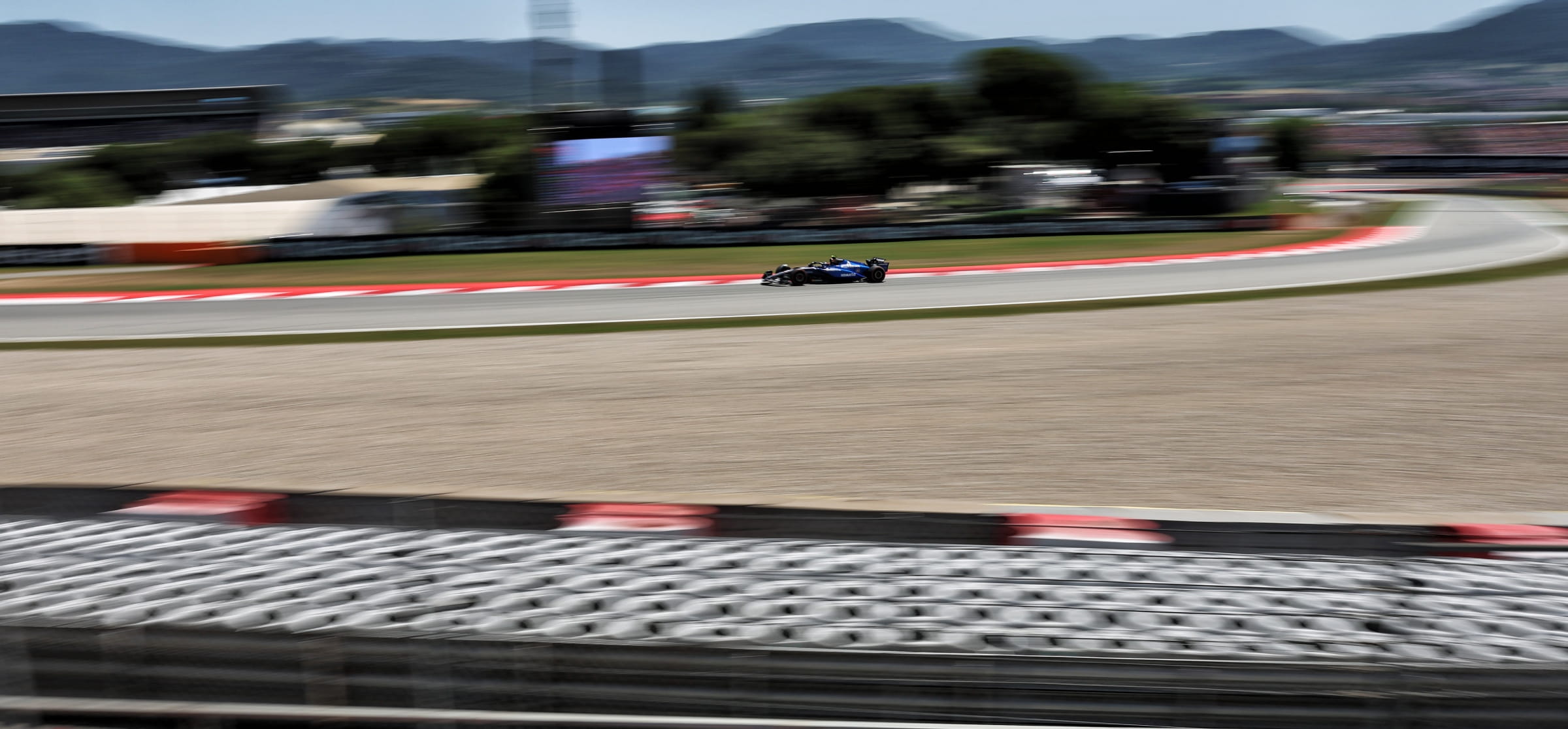
More time can be found in longer-radius corners at Barcelona, but downforce doesn’t necessarily equal pace in the current era
The questions raised by the new era of F1
.jpg?cx=0.5&cy=0.5)
Teams have mostly alleviated the problem of porpoising that reemerged in 2022 by reshaping their floors and changing ride height
- If the cars are so difficult to develop and the designs have converged to this extent, have teams reached the limit of performance of the current cars?
- If the 2025 cars were retained instead of changing completely for 2026, would we see McLaren continue to dominate?
.jpg?cx=0.5&cy=0.5)
Our 3D render of what the 2026 F1 car could look like in a windtunnel
The current generation of F1 cars hasn’t reached its peak
The cars also look very similar - a shame given the potential for the talented teams in F1 to innovate.
Dan Fallows
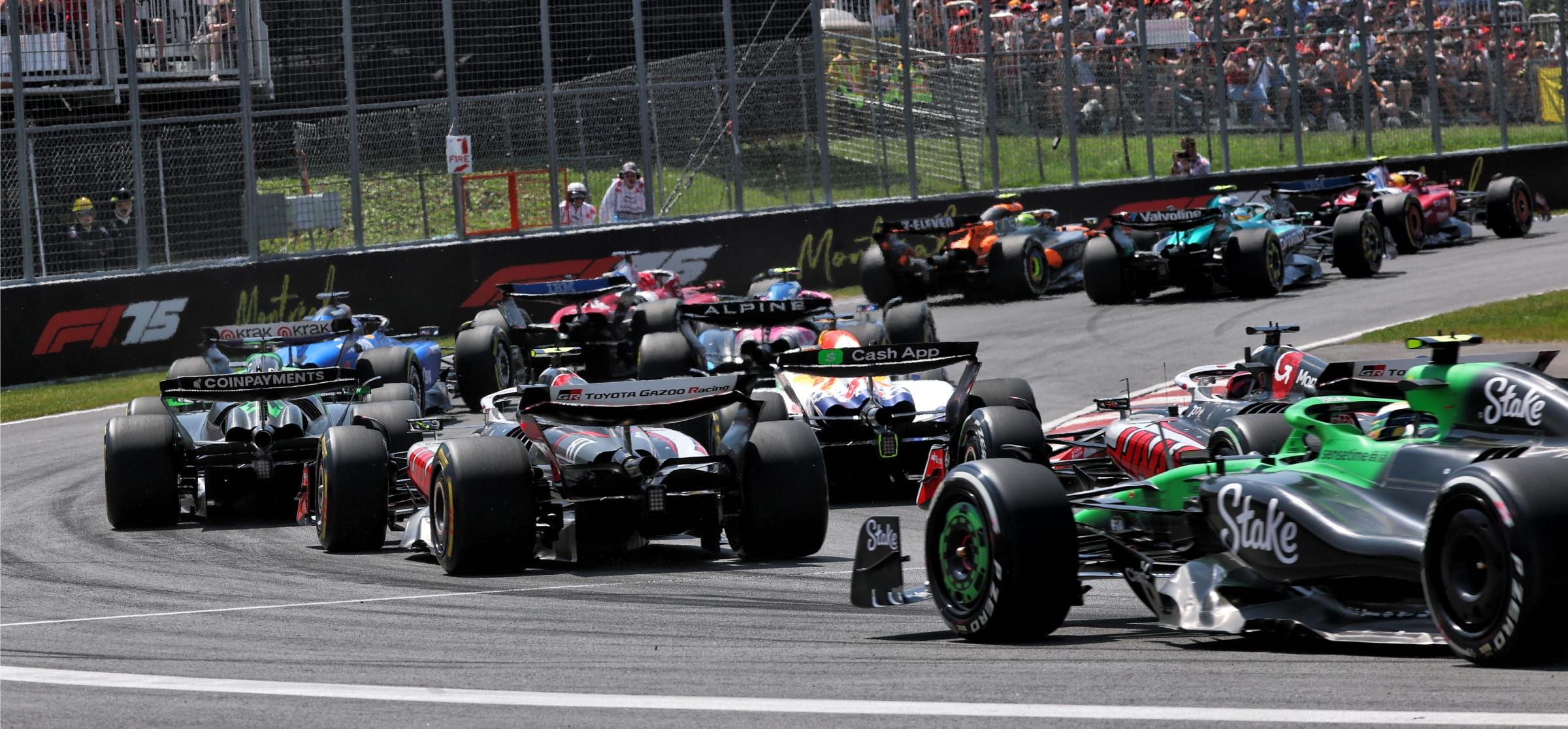
The field is close at this stage of the F1 regulations and it’s hard to predict which midfield team will score points on any given weekend
Why the move to 2026 F1 cars isn’t all bad
.jpg?cx=0.5&cy=0.5)
While the 2026 F1 regulations might not be coming at the ‘right time’, the ruleset does have its advantages
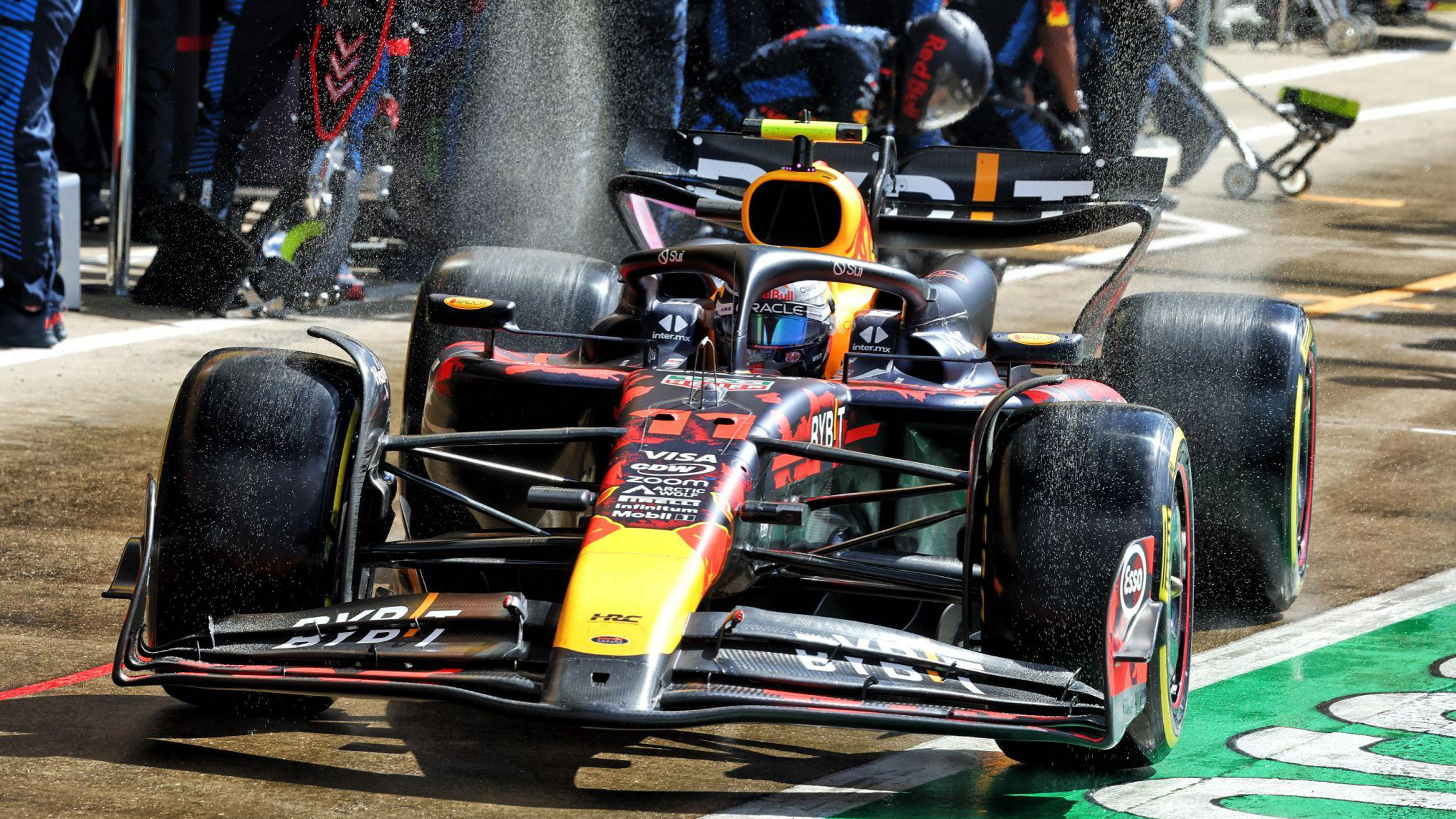
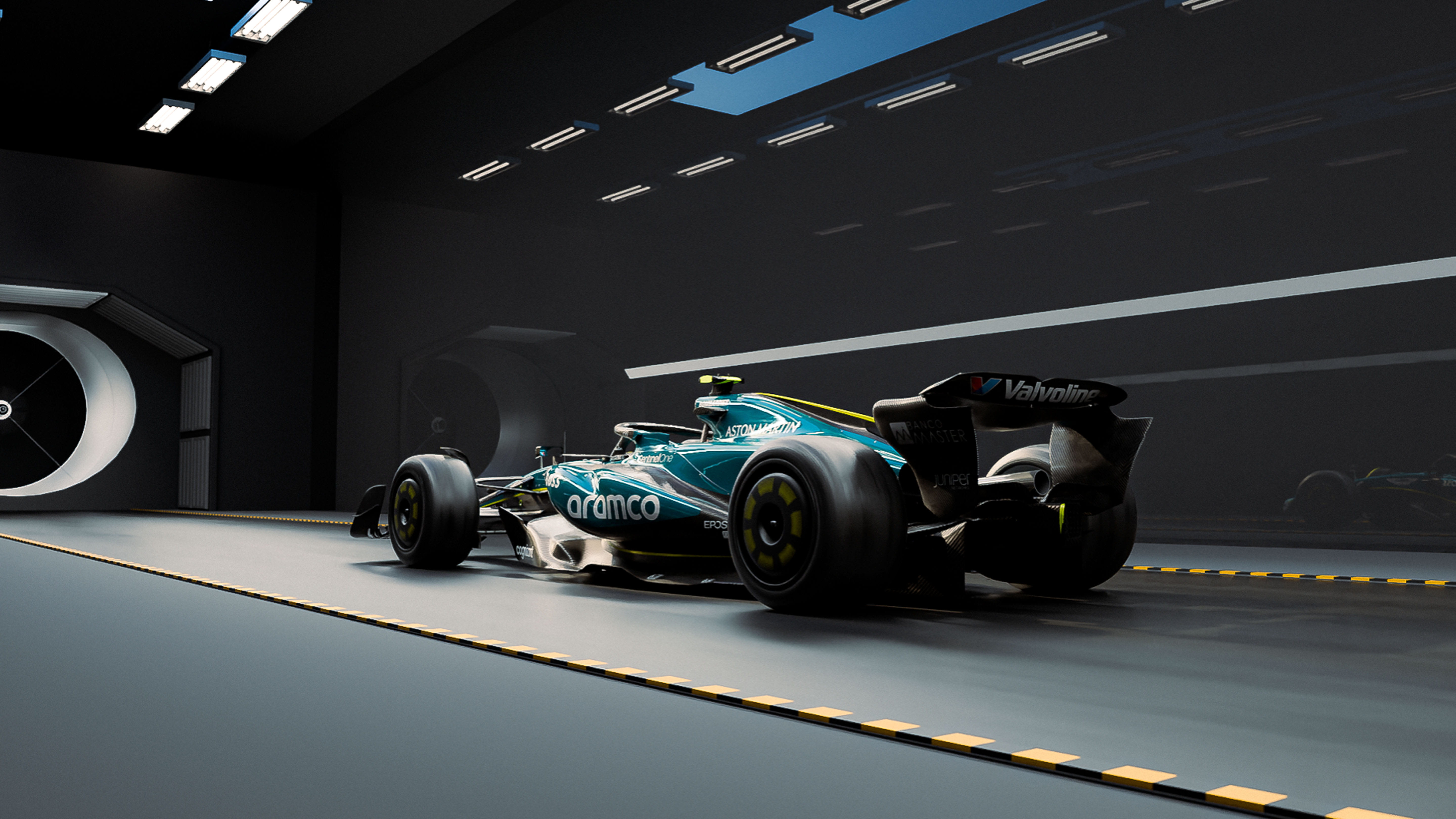

.jpg?cx=0.5&cy=0.5)
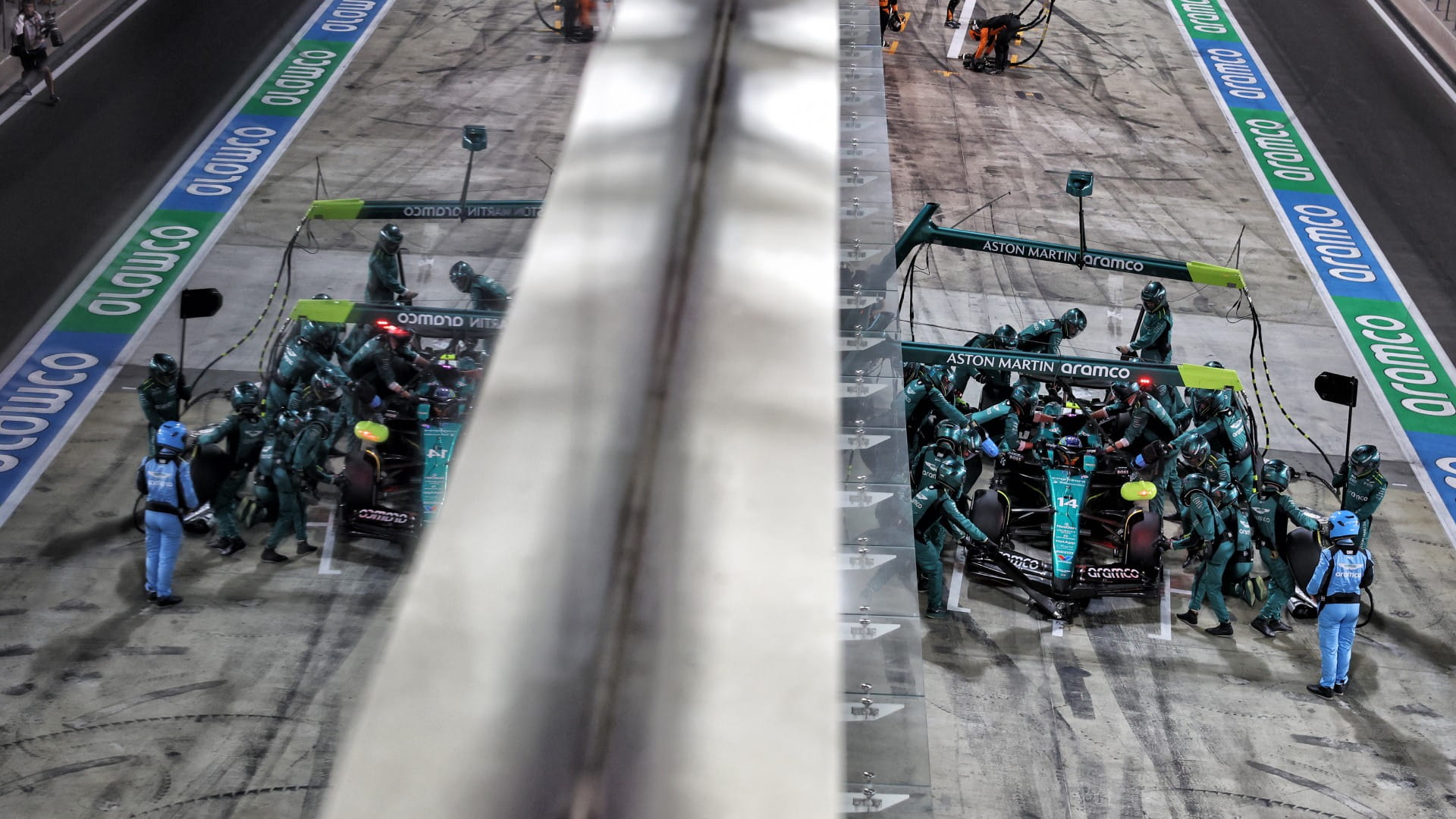
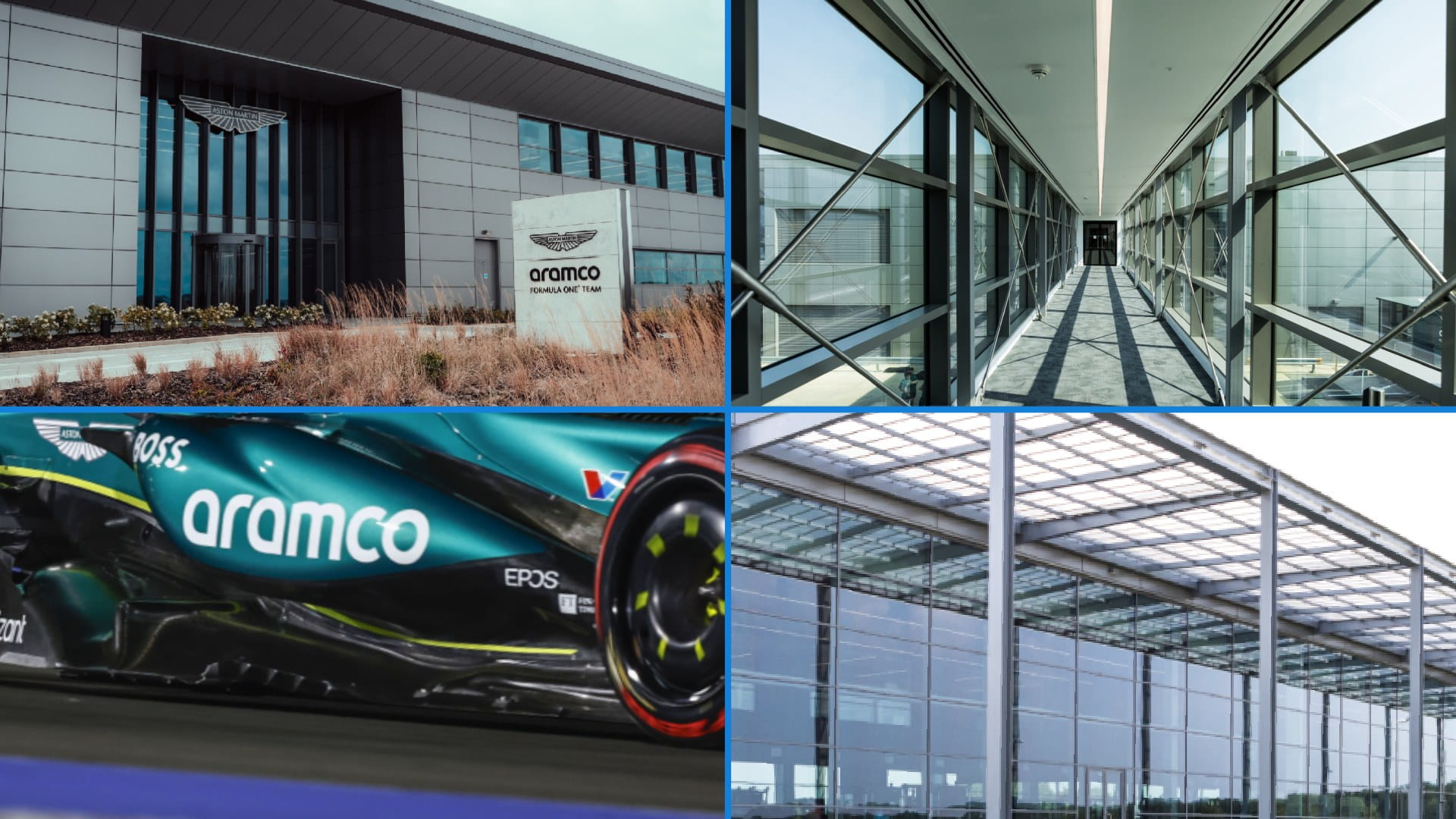
.jpg?cx=0.5&cy=0.5)
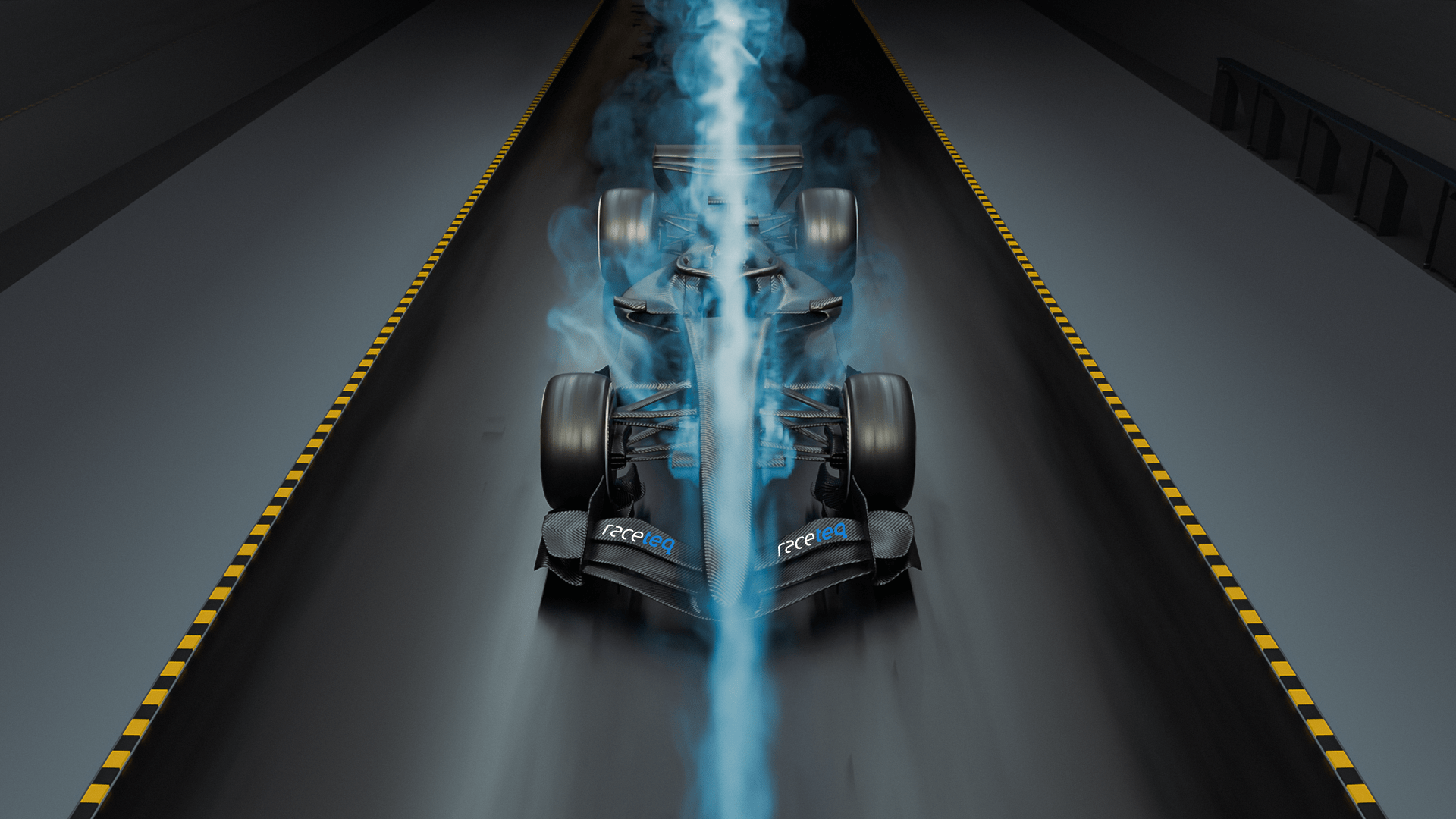
.jpg?cx=0.5&cy=0.5)
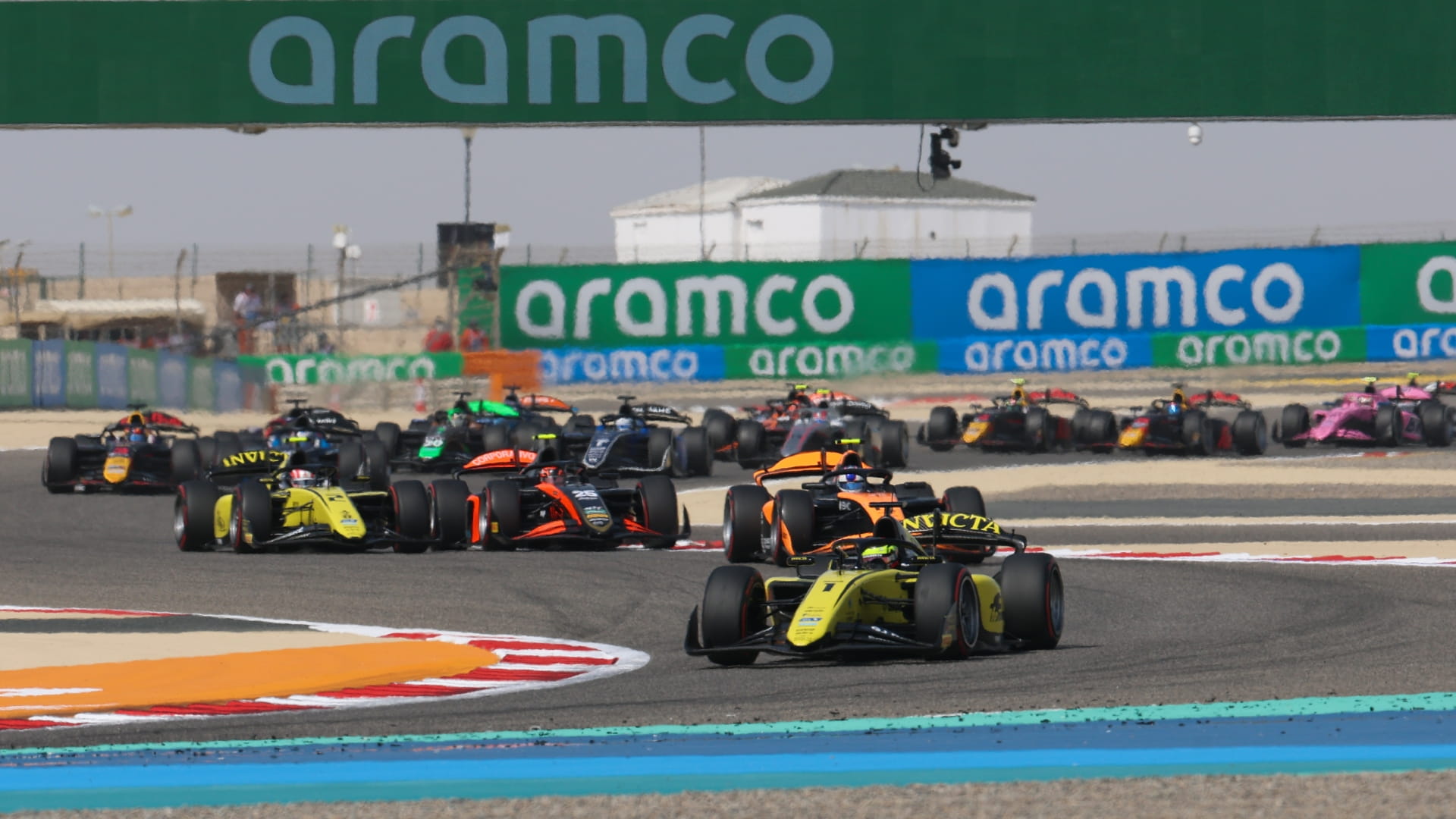
.jpg?cx=0.5&cy=0.5)